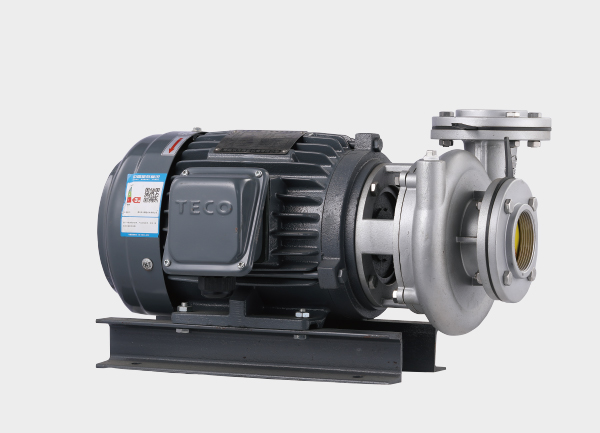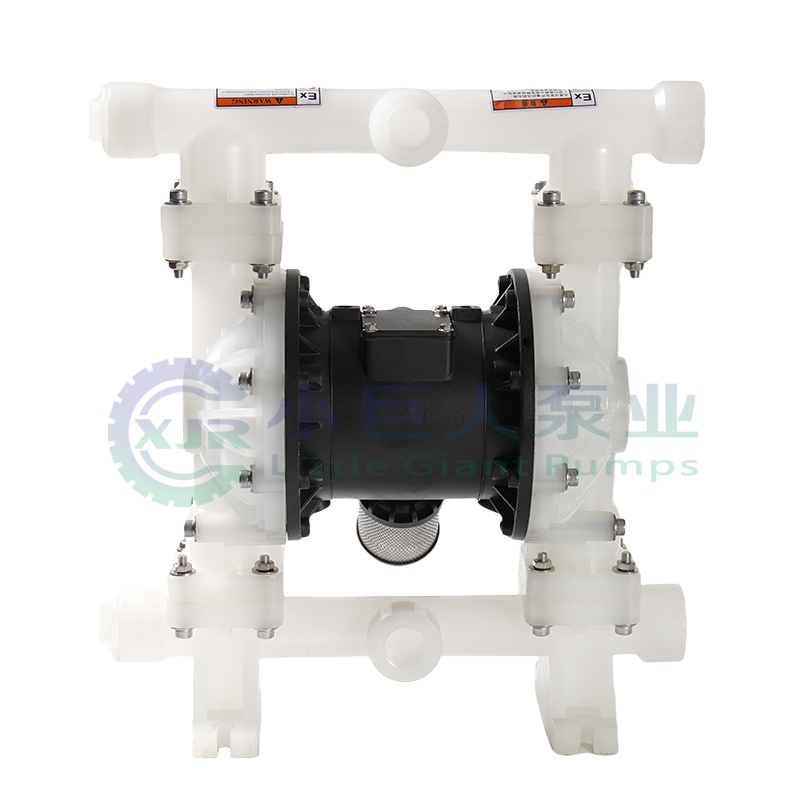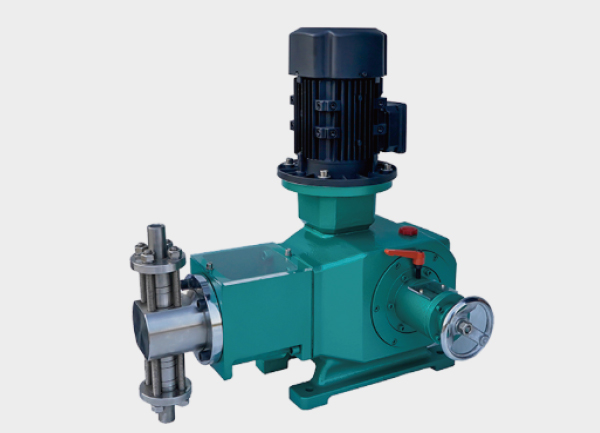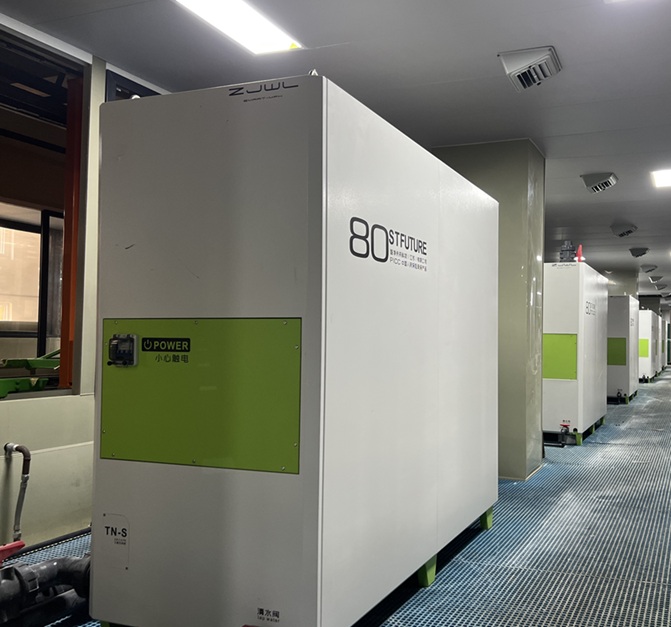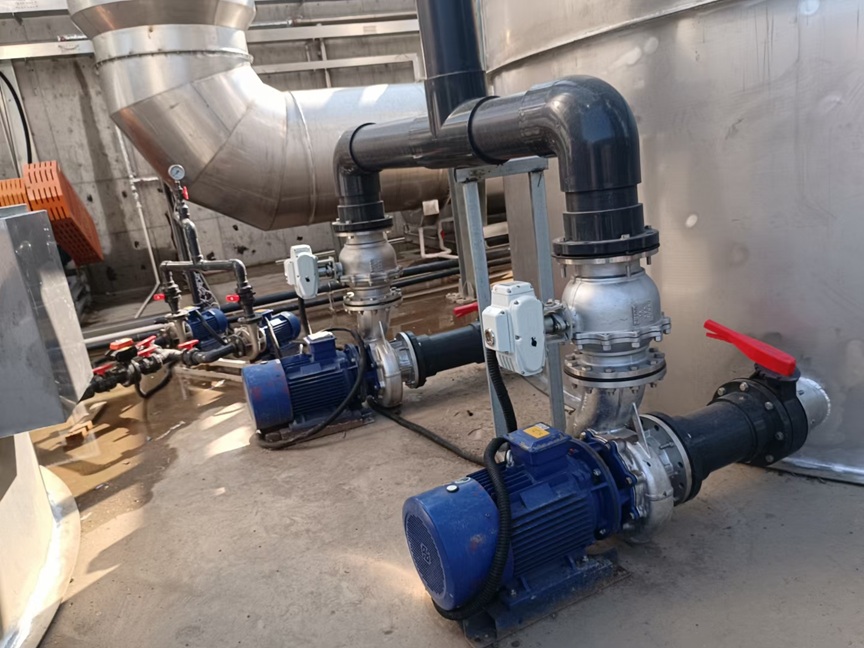Permanent magnet magnetic pumps are leak-free, high-efficiency fluid transfer solutions that utilize magnetic coupling transmission instead of mechanical seals. By completely eliminating leakage risks, these pumps play a crucial role in industries such as chemical engineering, pharmaceuticals, environmental protection, semiconductors, and food processing, where safety and sealing reliability are essential.
This article provides a comprehensive analysis of permanent magnet magnetic pumps, covering their working principle, structural design, advantages and limitations, key applications, and selection guidelines.
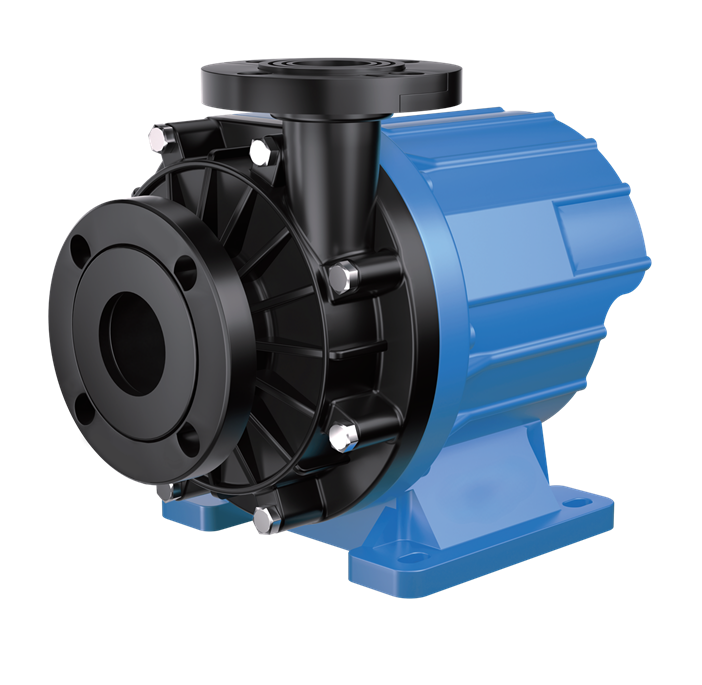
1. Working Principle of Permanent Magnet Magnetic Pumps
The operation of a permanent magnet magnetic pump is based on two fundamental mechanisms: magnetic coupling transmission and centrifugal fluid transfer.
1.1 Magnetic Coupling Transmission – Contactless Power Transfer
Outer Magnetic Rotor: Connected to the motor shaft and equipped with high-strength permanent magnets (NdFeB or SmCo).
Magnetic Coupling Across the Isolation Sleeve: The rotating magnetic field penetrates a non-magnetic isolation sleeve (made of Hastelloy, titanium alloy, or ceramics), ensuring leak-free operation.
Inner Magnetic Rotor: Receives the transmitted magnetic torque, driving the pump shaft without physical contact, thus avoiding seal wear.
1.2 Centrifugal Fluid Transfer – Pressure Generation and Flow
The impeller, driven by the inner rotor, creates suction at its center.
Fluid gains kinetic energy as it rotates with the impeller and is then converted into pressure energy in the volute casing (Bernoulli principle).
Pressurized fluid exits through the outlet to the downstream system.
2. Structural Design and Material Selection
Permanent magnet magnetic pumps are engineered to ensure efficient magnetic coupling, zero leakage, and corrosion resistance.
| Component | Function | Common Materials |
|---|---|---|
| Outer Rotor | Transfers motor power, generates magnetic field | Stainless steel shell, NdFeB, SmCo |
| Inner Rotor | Drives the pump shaft | NdFeB/SmCo + stainless steel core |
| Isolation Sleeve | Leak-free barrier, allows magnetic field | Hastelloy, titanium alloy, ceramics |
| Impeller | Converts mechanical energy to fluid energy | 316L SS, Hastelloy, PTFE, reinforced PP |
| Pump Shaft | Connects inner rotor & impeller | 2Cr13, 316L, silicon nitride |
| Sliding Bearing | Supports shaft, reduces wear | SiC, graphite, PTFE composites |
| Pump Casing | Collects fluid, converts velocity to pressure | Stainless steel, FRP, reinforced PP |
3. Key Advantages and Limitations
Advantages
Leak-Free Operation: No mechanical seals, ensuring safe handling of toxic, corrosive, and flammable fluids.
Low Maintenance: Longer service life (8,000–12,000 hours) with fewer vulnerable parts.
High Efficiency: Magnetic coupling efficiency up to 98%, overall 5–10% higher than traditional sealed pumps.
Stable and Quiet: Low vibration (<2.8 mm/s) and noise levels (≤75 dB).
Limitations
Eddy Current Loss: Slight heating in metallic isolation sleeves; ceramic sleeves are recommended for high-temperature fluids.
Demagnetization Risk: Overheating, dry running, or overload can weaken permanent magnets.
Solid Sensitivity: Not suitable for fluids with high solid content (>0.1%).
Head/Speed Limits: Less effective for very high head (>150 m) or speed (>3600 rpm) applications.
4. Industrial Applications
Permanent magnet magnetic pumps are widely used where safety, cleanliness, and corrosion resistance are critical.
4.1 Chemical Industry
Uses: Sulfuric acid, hydrochloric acid, nitric acid, caustic soda, solvents.
Design: PTFE or Hastelloy casings; explosion-proof motors for flammable media.
4.2 Pharmaceutical Industry
Uses: Antibiotic solutions, vaccine liquids, purified water, fermentation broths.
Design: 316L stainless steel, polished surfaces (Ra ≤ 0.8 μm), CIP/SIP capability.
4.3 Environmental Protection
Uses: Sewage treatment fluids, leachate, flue gas desulfurization slurries.
Design: FRP or stainless steel casings, SiC bearings, inlet filters for particle control.
4.4 Semiconductor and Electronics
Uses: Ultrapure water, photoresists, etching solutions (HF, HCl).
Design: PTFE or titanium wetted parts, ceramic isolation sleeves, ultra-smooth surfaces (Ra ≤ 0.2 μm).
4.5 Food and Beverage
Uses: Fruit juices, dairy, beer transfer (oxygen-sensitive).
Design: 316L stainless steel with electrolytic polishing, hygienic dead-corner-free design.
5. Selection and Maintenance Guidelines
5.1 How to Select a Permanent Magnet Magnetic Pump
Analyze Fluid Properties: Density, viscosity, temperature, corrosiveness, flammability.
Define Process Parameters: Flow rate (+10–15% margin) and total head (with ~20% safety factor).
Match Performance Curves: Ensure operation falls within the pump’s high-efficiency range.
5.2 Operation and Maintenance Essentials
Before Startup: Prime and vent the pump, check isolation sleeve integrity, hand-rotate shaft.
During Operation: Monitor outlet pressure, current, and pump temperature.
Failure Prevention: Use dry-run and overload protection systems; shut down immediately if abnormal noise, pressure drops, or current surges occur.
Permanent magnet magnetic pumps combine safety, efficiency, and durability by eliminating leakage risks and offering excellent corrosion resistance. While they have certain operational limits (such as solid handling and head capacity), their advantages make them indispensable in chemical processing, pharmaceuticals, semiconductors, and food production.
When properly selected and maintained, these pumps deliver long service life, reduced downtime, and superior performance, making them an essential choice for industries with stringent safety and cleanliness requirements.


